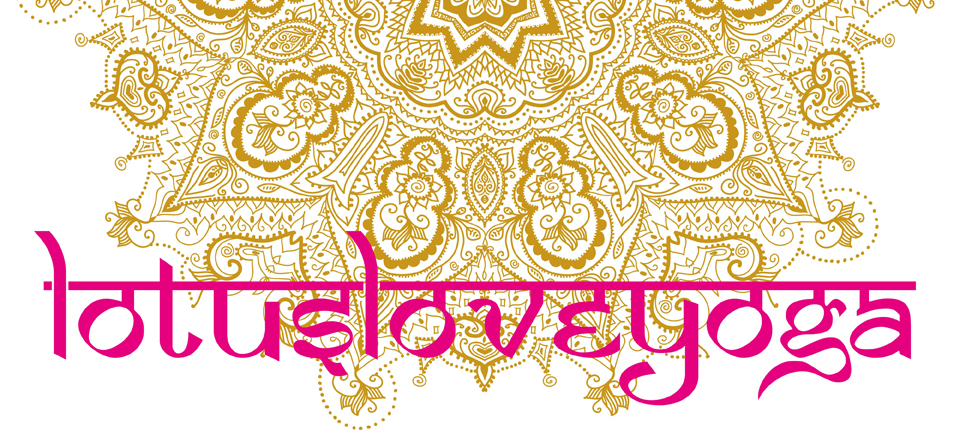 Our stunning sunshine days and the light of the summer Solstice is gently turning towards the deeper shades of autumn. Tones of amber, red, orange and gold will bless our days; a glow of warmth, colour and beauty. The Earth, the Sun, our being embracing the flow of nature.
Our stunning sunshine days and the light of the summer Solstice is gently turning towards the deeper shades of autumn. Tones of amber, red, orange and gold will bless our days; a glow of warmth, colour and beauty. The Earth, the Sun, our being embracing the flow of nature.
‘Equinox’ is a Latin word, meaning ‘equal night’; therefore an equinox signifies a moment when the length of day and night are almost equal.
During the course of a year, the Earth completes one orbit around the Sun. When the Sun crosses the celestial equator (the projection of the equator in the sky), day and night are of nearly equal length. This happens twice a year: in March, the Spring Equinox and in September, the Autumn Equinox.
During an equinox, the Earth’s equator and the centre of the sun on the celestial equator are directly aligned, creating universal balance and harmony. The direction of the Sun on the Autumn Equinox is downward (northern hemisphere), so it is a time to flow with the rhythms of nature, turning inwards, releasing, letting go, Earthward.
Find out more about the Autumn Equinox here.
Vata
 Ayurveda teaches that Vata, our element of air, increases during autumn. As the wind begins to whirl, the clouds begin to swirl, the air begins to cool; there is motion and change in the atmosphere. A subtle imbalance of restlessness arises within our being: this is vata.
Ayurveda teaches that Vata, our element of air, increases during autumn. As the wind begins to whirl, the clouds begin to swirl, the air begins to cool; there is motion and change in the atmosphere. A subtle imbalance of restlessness arises within our being: this is vata.
As the change of season comes and autumn colours our world, we should seek to balance and harmonise vata by increasing kapha, the element of earth, to ground and calm our being.
Our life style, diet and yoga practice should flow with the rhythms of nature and respond to the Autumn Equinox.
Ayurveda would suggest creating a warm, comforting environment that nourishes your being. Additionally, a steady balance of work, rest and relaxation each day establishes a sense of routine, grounding and connection to soothe vata imbalance. A daily yoga practice, or sadhana, is a perfect way to enhance a feeling of connection stability and nourishment in your daily life: kapha, earth element.
Vata balancing yoga asana are: Malasana (Garland pose); Adho Mukha Svanasana (Downward Facing Dog pose); Vrksasana (Tree pose); Virabhadrasana variations (Warrior poses); Parsvakonasana (Extended Side Angle pose); Mandukasana (Frog pose); Paschimottanasana (West Facing pose); Viparita Karani (Legs up the wall pose). Practice at a slow, steady pace with a focus on foundation to create a sense of stability and grounding. Align your skeleton, hug the muscle to the bone and connect to your breath. Deepen your connection to Earth, a sense of strength and restoration.
Find out more about vata balancing yoga asana here.
A vata balancing diet would include warm, cooked food, incorporating: olive oil; sesame oil; leafy greens, beets, sweet potatoes and summer squash such as zucchini; quinoa, dhal and lentils; a variety of nuts; ayurvedic spices such as, turmeric, cumin, coriander, dried ginger, black pepper and saffron. Whole milk, fresh yogurt, pineapple, papaya and sunflower seeds make good snack choices and drink plenty of warm water. These foods offer warmth, comfort and nourishment, balancing the dry, erratic, motion of vata in your being. They also bring flavour, aroma and healing wisdom to your diet.
Flow with the rhythms of nature, responding to natural cycles and seasons with your body and being. Live and learn by the beauty of the earth, the sky and the ocean ~ Mother Nature.
Find out more about a vata balancing lifestyle and diet here.
Your Daily Sadhana
A daily, dedicated yoga Sadhana deepens your connection to your practice in body, in breath, in mind, in spirit. Your daily sadhana naturally integrates with your being and naturally, you begin to live in balance and harmony in every way. Because you are more attentive to your body, your breath, your being, you begin to take better care of the rest of you: the way you eat, sleep, speak, smile, learn, work. This well-being expands into the world around you, the way you connect to others, show compassion to others and interact with our exquisite world!
Yoga becomes part of who you are, giving you a sense of connection, balance and harmony.
If you don’t have a specific practice, Surya Namaskara is a simple practice that opens the whole body, integrates the breath and focuses the mind.
Make the intention, a sankalpa, to do your daily sadhana everyday for one month and observe how you feel. A sense of serenity and calm; grounding and connection, feeling bright, vibrant and alive!










